In late 2023 I was taking an Istoria tour group through northern Italy on our First World War ‘After Caporetto’ tour when we made a stop at one of the best museums in the region in Vittorio Veneto. I absolutely fell in love with a commemorative guide to a centenary art exhibition back in 2018 by an artist named Paolo Del Giudice. He was chosen from almost 70 local artists who specialised in more abstract work who responded to the call to commemorate the centenary of the conflict. He spent months sifting through period photographs and archival collections looking for inspiration before he began sketching studies. Eventually, in the course of about a year he produced more than 100 paintings depicting the war. Last week I finally got around to getting in touch with him and asking if he would mind me sharing a selection of his paintings with some more people. It seemed such a shame for them to be forgotten. Turns out, Paolo is absolutely delightful, and he said yes…
Italiani in trincea - Italians in trenches
The paintings were originally exhibited at Forte Mezzacapo, a 1911 fort built to protect Venice from any threat heading south towards the city. In its current incarnation, the space is used by the Associazione Dalla Guerra alla Pace, the Association from War to Peace. I personally loved the paintings because they have an atmospheric, almost ethereal quality to them. Also how stripped back they were for what is essentially the commemoration of a victory. There’s not a single flag or mark of patriotism. The association itself said that they felt these images, created in 2017-2018 had the effect of guiding you through the conflict by the hand: ‘His works make us hear the creaks and squeaks of metal, the gasps and cries of men. He forces us to be witnesses.’ The Mayor of Venice thought that the fort was a fitting location: ‘Our city… was the stage for the tragedies of the Great War, which is why we all feel the duty to keep alive the memories and testimonies of what the then Pope Benedict XV called "the useless massacre". Our grandparents were witnesses of those events: Venice, with the Port, and Mestre, with the railway junction, became strategic places for supplies to the front, the Entrenched Camp took on a fundamental role in war strategies and, after Caporetto, became an immediate rear area.’
A second exhibition of some of the paintings was subsequently put on in Vittorio Veneto, which takes its very name from the part it played in victory over the Central Powers in 1918. The Mayor of the town wrote: ‘The figures, faces, places and images of Del Giudice accompany the visitor along a path of memory that winds through the folds of the past and of a time from which a century of history now separates us.’
Luigi Cadorna - I found it deeply interesting that his face was scrubbed out. If you know about some of his conduct in the war, it feels apt.
Via Crucis - The Way of the Cross
Alpino e mulo - Alpine soldier and mule
Camion italiani in colonno - Italian trucks in a column
Gorizia redento e destrutta - Gorizia redeemed and destroyed
L'assalto - The assault
La madre del militare ignoto - Mother of an unknown soldier
Mortaio Skoda - Skoda mortar
Navi da guerra nel Bacino di San Marco - Warships in the San Marco Basin (Venice)
Soldato Inglese con maschera antigas - English soldier with gas mask
A huge thank you to Paolo del Giudice for giving me permission to reproduce some of his paintings. His favourite (and the most complete) evocation of them was when they were displayed at Forte Mezzacapo. You can see a video of that below:
The book I have containing his First World War paintings is called Grande Guerra, volti momenti relitti (Faces, moments, relics). In September 2023 there were still copies available at the Museo Della Battaglia in Vittorio Veneto.
To find out more about Paolo and to see more of his work you can visit www. paolodelgiudice.com
This publication is supported by readers who donate £5 a month to fund the time it takes to research and write. To receive two new posts a week and access to more than 150 past articles and podcasts, please consider becoming a paid subscriber.

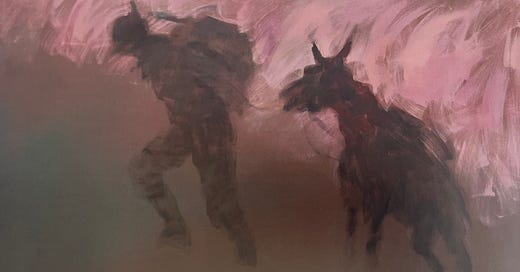



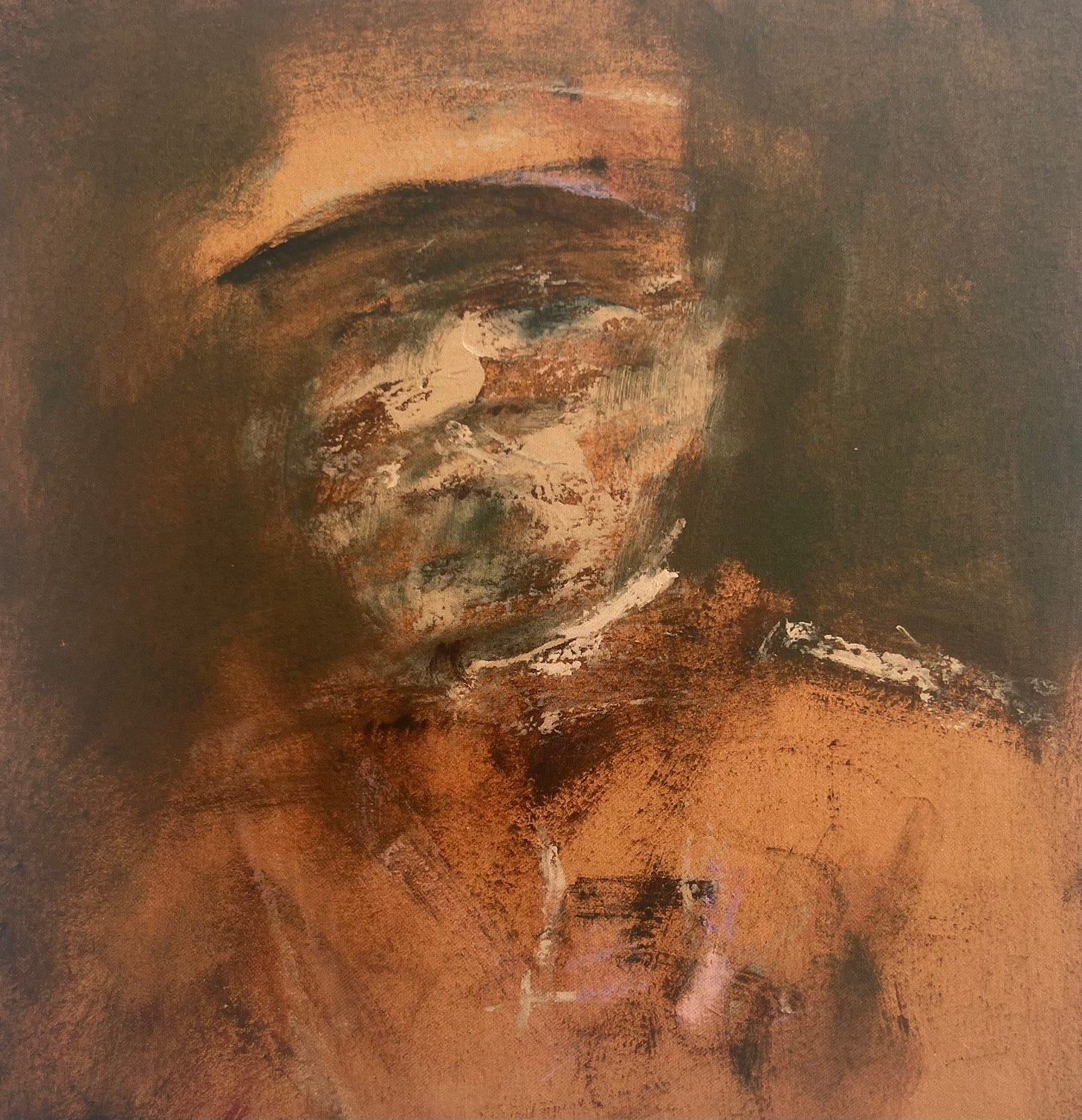





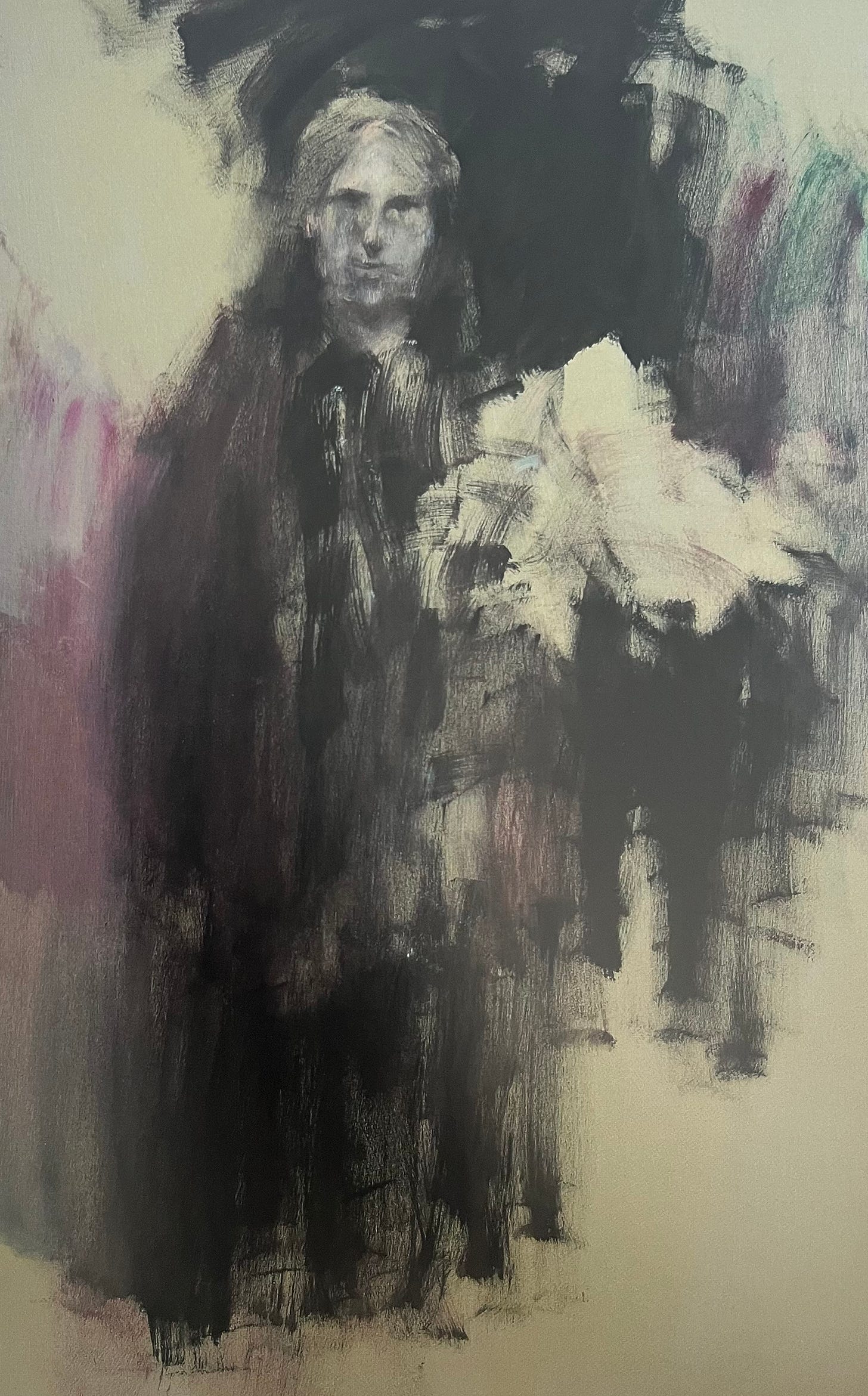
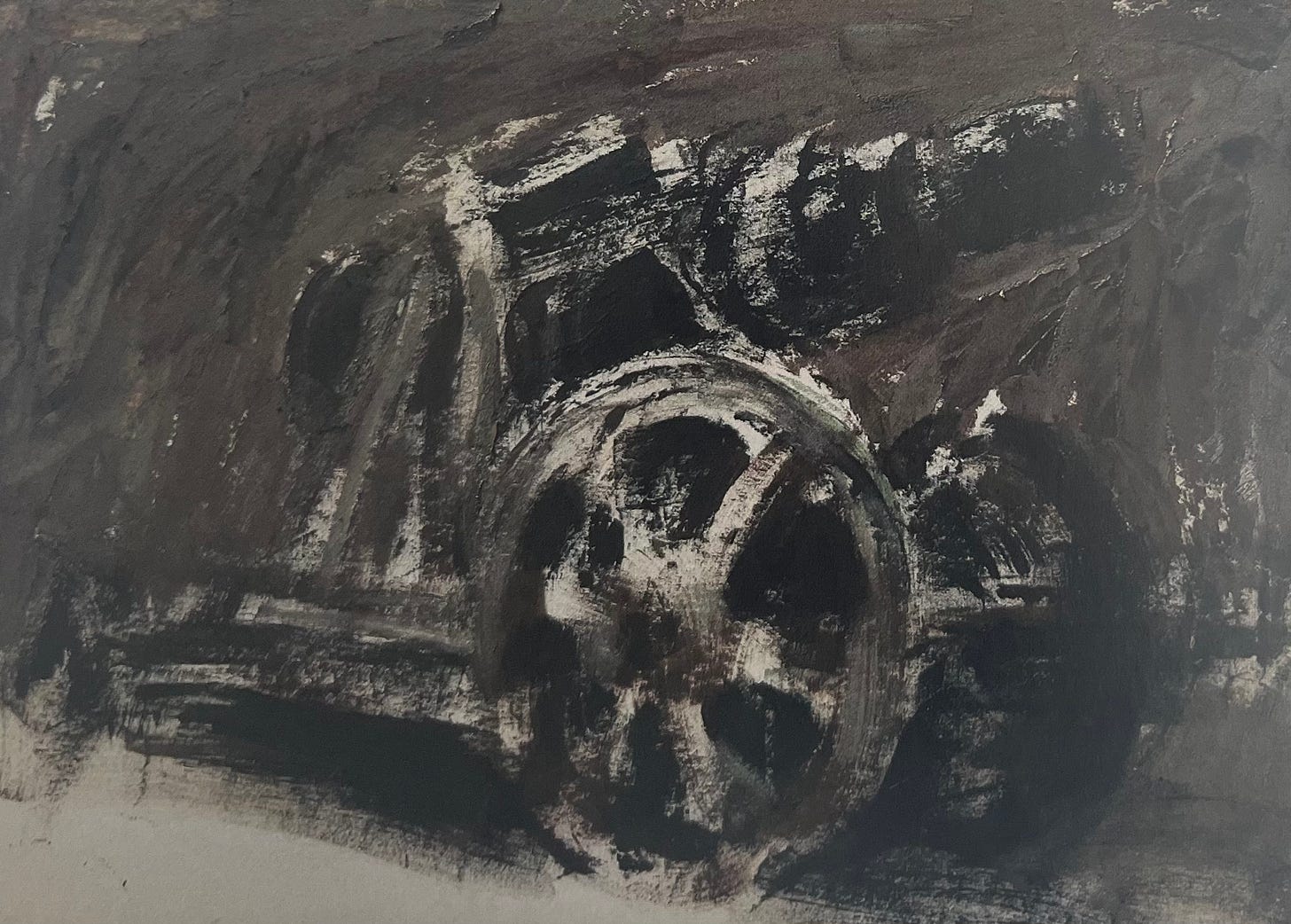
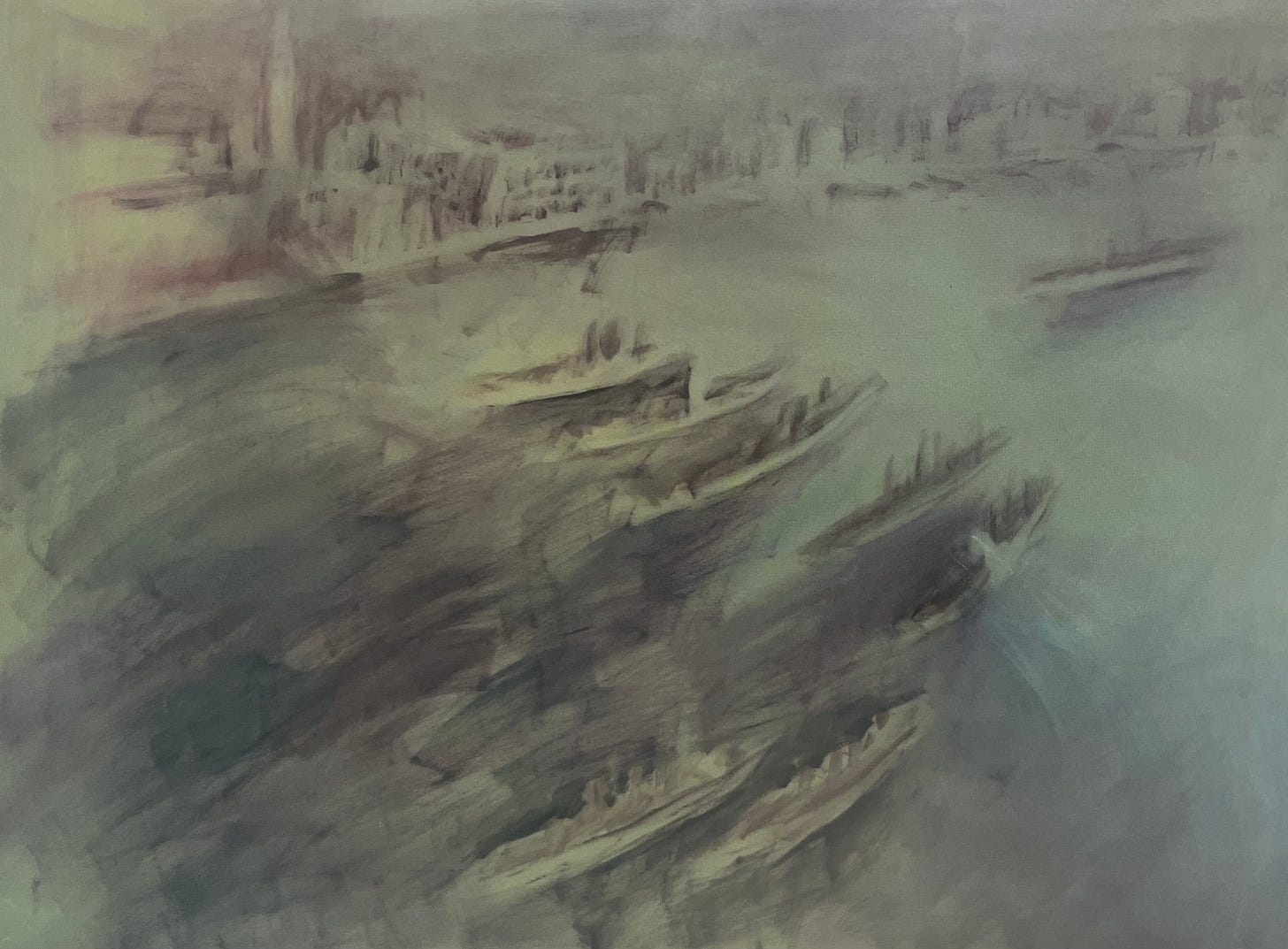

Love the look of the museum as well.